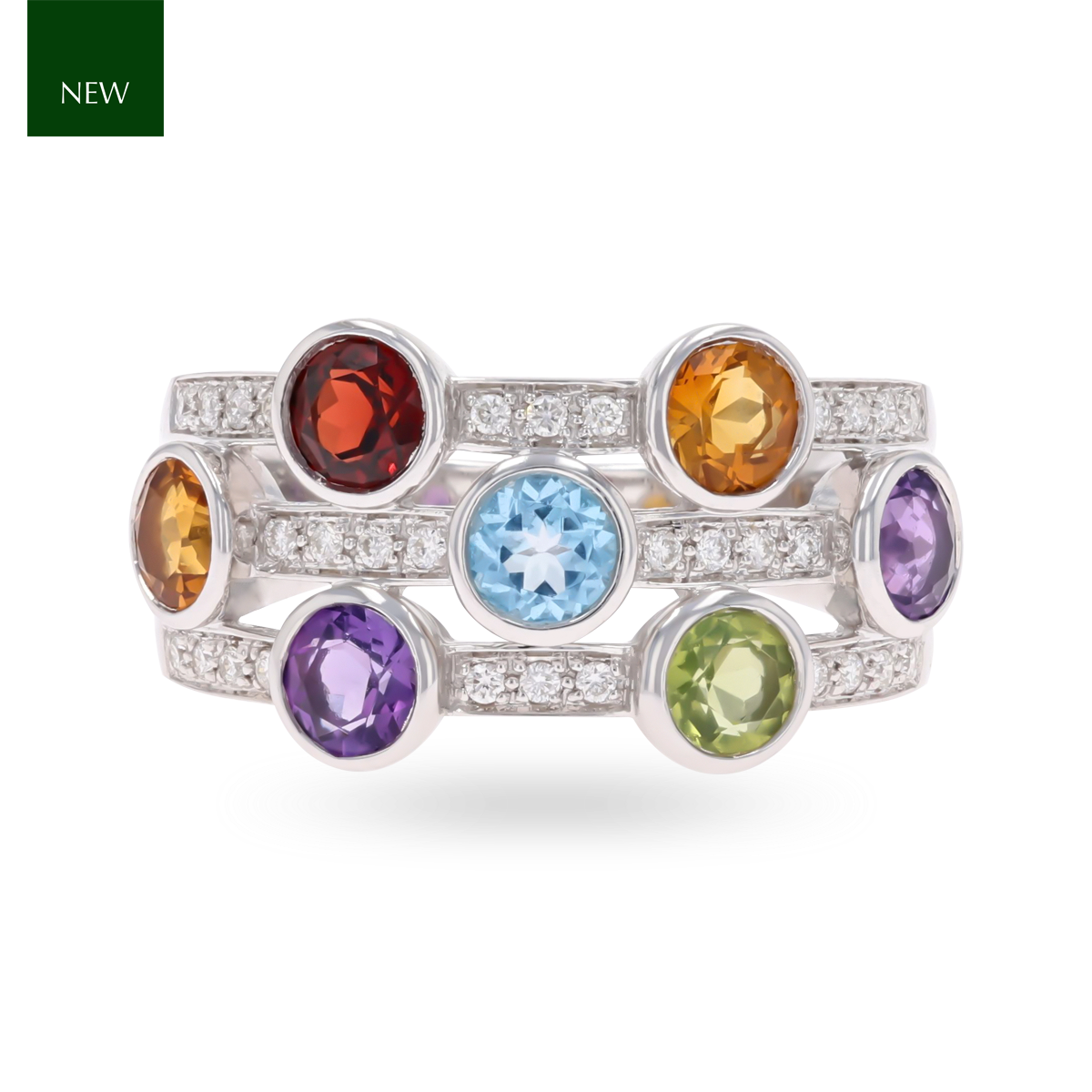
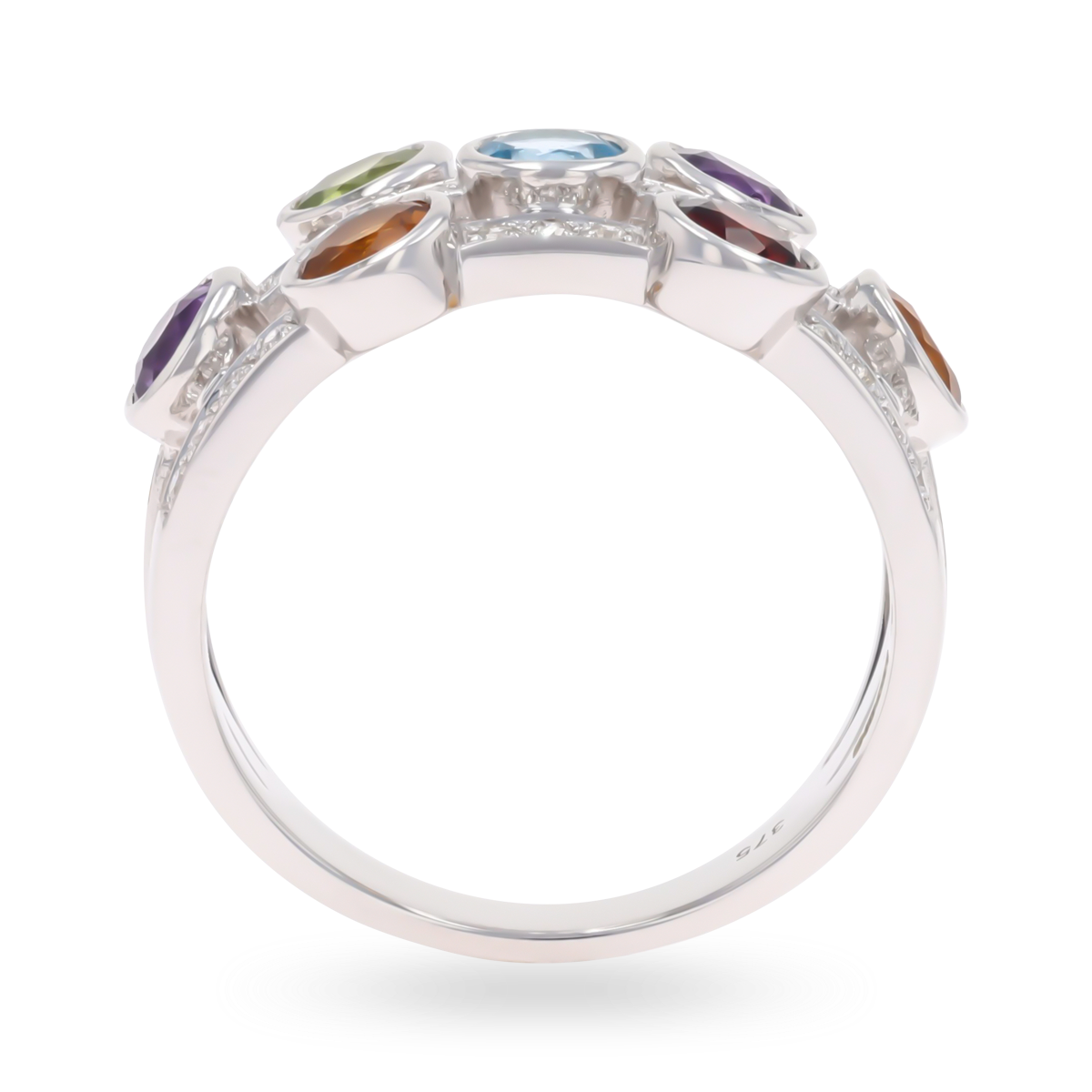


Lewins Jewellers
9ct White Gold Multi Gemstone & Diamond Bubble Ring
R18-9W-C5-47A captivating spectrum of hues, is whimsically dispersed across three strands of this dress ring. The curvature contours from the bezel setting, forms an elegant bubble-like silhouette, which is delicately interspaced with round cut shimmering diamonds. Flaunt a modern opulence, with this significant statement piece!
Estimated Delivery Date:
Within 2 - 3 working days (excl. bespoke alterations)9ct White Gold Multi Gemstone & Diamond Bubble Ring
Lewins Jewellers
190 High Street
Sutton SM1 1NR
United Kingdom
Contact Us
Contact Us
This dress ring comprises of seven round mixed cuts: two amethysts, two citrines, one garnet, one peridot and one blue topaz, all securely set within a bezel setting. The gemstones are wonderfully interspaced with thirty-two round brilliant cut diamonds. These diamonds have been expertly set within a bead and bright setting. The dress ring is split into three strands, whereby the gemstones are evenly dispersed. The ring is mounted within hallmarked 9ct white gold.
Material: 9ct White Gold
Brand: Lewins
Style: Dress
Primary Stones: Multi Gemstones, 7 Round Mixed Cuts, apx total weight 1.82cts
Accent Stones: Diamonds, 32 Round Brilliant Cuts, apx. total weight 0.16cts
Birthstone: Amethyst - February, Blue Topaz - December, Citrine - November, Garnet - January, Peridot - August, Diamond - April
Anniversary: Amethyst - 6th, Blue Topaz - 4th, Citrine - 13th, Garnet - 2nd, Peridot - 16th, Diamond - 10th, 60th
Ring Size: O
Setting: Bezel, Bead & Bright
Weight: 5.38 grams
Gem Lore:
Amethyst - derives from the Greek word ‘amethystos’, which translates to ‘not drunken’. The ancients greeks believed the stone to behold the power, of preventing intoxication. In ancient Persia, if Amethyst was carved into the sun, it was believed to deflect witchcraft. Amethyst, possesses a variation of intensity: from deep purples with subtle red glints, to pastel lilacs with hints of blue. The symbolisation of protection, has evolved in recent years, to being associated with healing and peace, frequently used in meditations techniques.
Topaz - has been linked with the ancient Greek word ‘Topazions’, which was an island in the Red Sea. The island is currently referred to as ‘Zabargad’ in Egypt (and can further be translated to St John’s Island in english). Coincidentally, the island mined many yellow and green gemstones and incorrectly referred to them as Topaz. Alternatively, the name is thought to derive from the Sanskrit word ‘tapaz’, which translates to ‘fire’. The Egyptians believed that their Sun God Ra, provided the stones golden colour and protected the wearer from harm. Topaz naturally comes in white, yellow, brown and with the aid of treatment, pink and blue. Blue topaz possess a range of shades from: pale 'Sky Blue', to moderate 'Swiss Blue' and vividly saturated 'London Blue’. The most prized variety exhibits an orange body colour with pinkish red overtones and is known as imperial topaz.
Citrine - derives from the latin word ‘citrina’, which translates to ‘lemon’, alluding to the gemstones vivid, honey, yellow hue. In ancient times, the gemstone was known as the ‘merchants stone’ and it was believed that it could bring prosperity and wealth to the owner. The Egyptians were the first to discover Citrine and use the gemstone as a talismans. Citrine thrived during the Hellenistic period in ancient Greece and was frequently fashioned into stones, with engraved gods or goddesses. In addition, the ancient Romans associated the gemstone with Apollo, the god of the sun and light. Citrine is thought to symbolise success and hope.
Garnet - derives from the Latin word ‘garanatus’, which is translated to ‘seed-like’. The discovery of small red crystals bared a similar resemblance to pomegranate seeds. It is not widely known, that garnet can come in a rainbow of hues from red, orange, green and purple. However, red garnets are far more commonly seen with subtle overtones of purple, orange and golden brown. The gemstone has anciently been believed, to bring balance and harmony to the wearer.
Peridot - derives from the Arabic word ‘faridat’, which translates to ‘gem’. Peridot was first discovered on Topazions Island in the Red Sea, 300BC. Now, known as the Zabargad Island in Egypt or St John’s Island. Peridot has since become the national gemstone of Egypt and it is perceived, that many of Cleopatra’s mysterious jewels were adorned with Peridots, rather than Emeralds. It has been said that it was Cleopatra’s favoured gemstone and regarded by the Egyptians as ‘the gem of the sun'. Peridot is thought to symbolise compassion and harmony.
Diamond - derives from the Greek word ‘adamas’, which translates to ‘invincible’. Today, the meaning somewhat refers, to the gemstones excellent hardness (ranking 10 on Mohs' scale), hence diamonds are highly resistant to be scratched or abraded by another material, other than diamonds itself. Moreover, diamonds possess the magical phenomenon of fire, which relies on the facetted gemstones ability to disperse (split) light, into a rainbow of colours.
The ancient Egyptians thought diamonds symbolised life, and the Pharaohs were known to place the gemstone in the centre of an ankh cross. Whereas, the ancient Greeks believed diamonds to be the tears of the gods or broken splinters from fallen stars. Alternatively, in ancient Roman literature it is noted that Cupids arrows were ‘diamond tipped’, maybe one of the first references that associates the gemstone with love.
Ring Resizing Service - How To Request Your Size:
If the current ring size listed under the details section, does not match your requirements. Please complete the enquiry form: including the reference code of the ring, which is located above the price, along with the ring size you need.
We will assess the feasibility of your request and provide you with a quotation for the bespoke alteration. If you decide to proceed, we will email you a link to review and process your customised order.
*Please Note: our resizing service typically requires a timeframe of 10 to 14 working days to complete. Rings that have been resized, cannot be returned for an exchange or refund.
Can Any Ring Be Resized?
No, depending on the design and setting, some rings cannot be resized. Whilst other rings can be safely resized up or down, by one to four sizes.
Are There Limitations To Resizing Rings?
Yes, it is important to appreciate that rings are made to fit their current size. When a request is made to significantly reduce the current size, it can result in the band developing an oval shape. Equally, increasing the size beyond a certain point, can alter the curvature of the band. Such modifications can potentially compromise the stability of settings, that hold gemstones securely in place.
As a result, there are limitations on how much a ring can be resized without compromising its structural integrity. If a requested size change impedes the durability of the ring, alternative solutions such as incorporating a half shank or soldered beads, if appropriate can be suggested.
Remember there is only about a 1mm difference between each whole ring size. For more information on what to consider when finding your size, read our blog: "The Factors Affecting Ring Size”.
Jewellery Care Precautions:
Avoid direct contact with: perfume, lotions, skincare, hairspray / other chemicals. Remove, your jewellery: when showering, swimming (as both chlorine and saltwater will react with metals), washing your hands / using hand sanitisers, before going to bed or when participating in physical activities (going to the gym, exercising, gardening, housework etc….).
Beware, metals may tarnish over time due to oxygen contact and natural body oils. Prevent items from being exposed to moisture and direct sunlight, for long periods. Store jewellery in a dry place away from humidity, in a pouch/jewellery box and keep each piece separated from each other. Care, for your jewellery by cleaning with a soft dry cloth.
White Gold:
White gold is not an element and does not occur naturally in a pure form. Pure yellow gold is mixed with alloys of white metals (such as palladium) to produce, a silver coloured alloy, known as white gold. It is further coated in a precious metal called rhodium (an element that derives from the same metal family as platinum), to increase its lustrous sheen and protect it from tarnishing and scratching.
Over time with exposure to oxygen and moisture, the rhodium coating will naturally wear and you will begin to see the natural yellow colour of gold. Rings will experience this more than other types of jewellery. The general guide for re-applying rhodium coating to your rings is between 1-2 years. However, the rate of wear depends on the pH level of your skin, exposure and contact to chemicals. For professional cleaning and rhodium coating, our workshop will provide the TLC your jewellery needs.
Amethyst, Crystalline Quartz:
Hardness: 7 | Toughness: Good | Stability: Good
Extreme Caution, Avoid: Light, Extreme Temperature Change (thermal shock), Jewellery Cleaners (steam cleaners).
Mild Caution, Avoid: Heat, Chemicals (acids, detergents, solvents, nail polish remover), Jewellery Cleaners (ultrasonic).
Gemmological Observation: Avoid leaving Amethyst in strong light/heat, as colour may fade, with prolonged exposure. Quartz is pyroelectric, this means that when the gemstone experiences a change in temperature (for instance heat from the sun/lighting) it causes a low-level electrical attraction to fine dust particles. Therefore, you may experience that any quartz-set jewellery may need frequently cleaning.
Topaz:
Hardness: 8 | Toughness: Fair | Stability: Good
Extreme Caution, Avoid: Sudden Impact (pressure, knocks), Extreme Temperature Change (thermal shock), Jewellery Cleaners (ultrasonic, steam cleaners).
Mild Caution, Avoid: Light.
Gemmological Observation: Avoid leaving for long periods in strong light, as in some cases the colour may fade. Avoid any rough handling that can cause abrasions. Topaz has a low toughness, as it possess moderately easy cleavage, which means that the stone can fracture if it experiences a sharp knock.
Citrine, Crystalline Quartz:
Hardness: 7 | Toughness: Good | Stability: Good
Extreme Caution, Avoid: Light, Extreme Temperature Change (thermal shock), Jewellery Cleaners (steam cleaners).
Mild Caution, Avoid: Heat, Chemicals (acids, detergents, solvents, nail polish remover), Jewellery Cleaners (ultrasonic).
Gemmological Observation: Quartz is pyroelectric, this means that when the gemstone experiences a change in temperature (for instance heat from the sun/lighting) it causes a low-level electrical attraction to fine dust particles. Therefore, you may experience that any quartz-set jewellery may need frequently cleaning.
Garnet:
Hardness: 7.25 | Toughness: Good | Stability: Good
Extreme Caution, Avoid: Heat, Extreme Temperature Change (thermal shock), Jewellery Cleaners (ultrasonic, steam cleaners).
Mild Caution, Avoid: Sudden Impact (knocks), Porosity.
Gemmological Observation: Clean with mild soapy water and dry with a soft cloth. Garnets are usually a very durable gemstone. Some stones are prone to damage due to thermal shock. Do not expose them to extreme temperature changes.
Peridot, Olivine:
Hardness: 6.5 | Toughness: Fair to Poor | Stability: Fair
Extreme Caution, Avoid: Sudden Impact (pressure, knocks), Cosmetics (hair sprays, lotions, perfumes, make-up), Chemicals (acids, detergents, solvents, nail polish remover), Extreme Temperature Change (thermal shock), Jewellery Cleaners (ultrasonic, steam cleaners).
Gemmological Observation: Avoid wearing whilst doing anything that can cause abrasions or sustaining any knocks. Avoid contact with mild acidic substances as even these can cause damage.
Diamond:
Hardness: 10 | Toughness: Good | Stability: Excellent
Low Caution: A very durable gemstone, generally it is safe to use in; Jewellery Cleaners (Dips, Ultrasonic, Steam Cleaners).
Gemmological Observation: Diamonds have excellent hardness, this means only a diamond can scratch/abrade another diamond. To avoid scratches, store your diamond set jewellery separately. Diamonds only have good toughness, as they possess perfect cleavage. This means that if knocked in the wrong direction, the diamond can cleave/fracture. Whilst wearing, you will need to avoid: Sudden Impact (sharp knocks). If the diamond is heavily fractured, you will need to avoid using: Jewellery Cleaners (ultrasonic, steam cleaners).


Birthstone of November
Citrine
Traced throughout time as the "Merchants Stone", citrine was anciently believed to bring success and prosperity. The sunburst of golden yellow and warm orange hues, radiates an autumnal...
Discover Our Services
The Lewins Experience
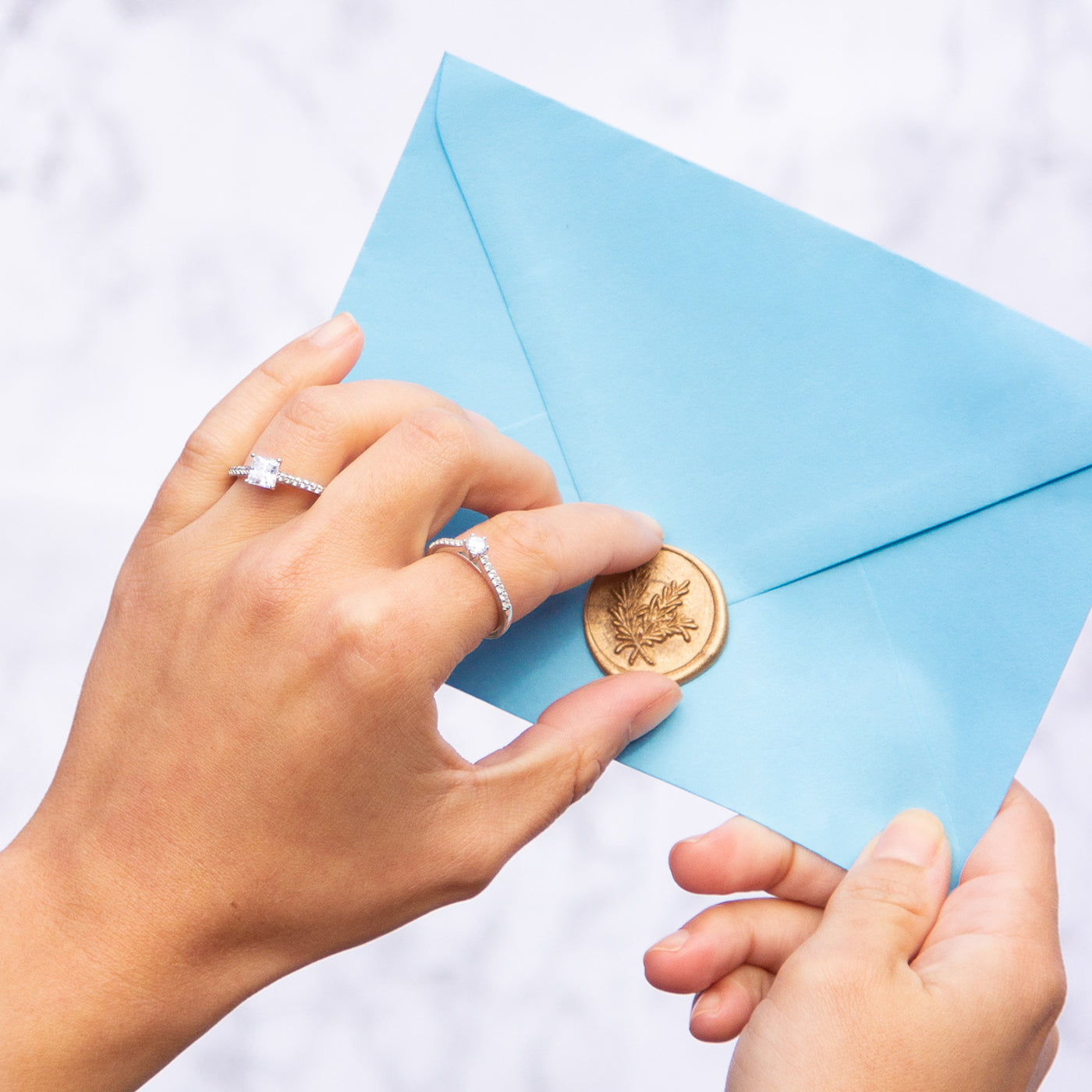
Lewins Guidance
Understanding jewellery that best matches your lifestyle, and what pieces need extra TLC when wearing, is essential. To help you confidently make your purchase, and answer any questions you may have.
We offer guidance and advice from: jewellery size guides, insight into the 4C's of diamonds, jewellery and gemstone care guides.
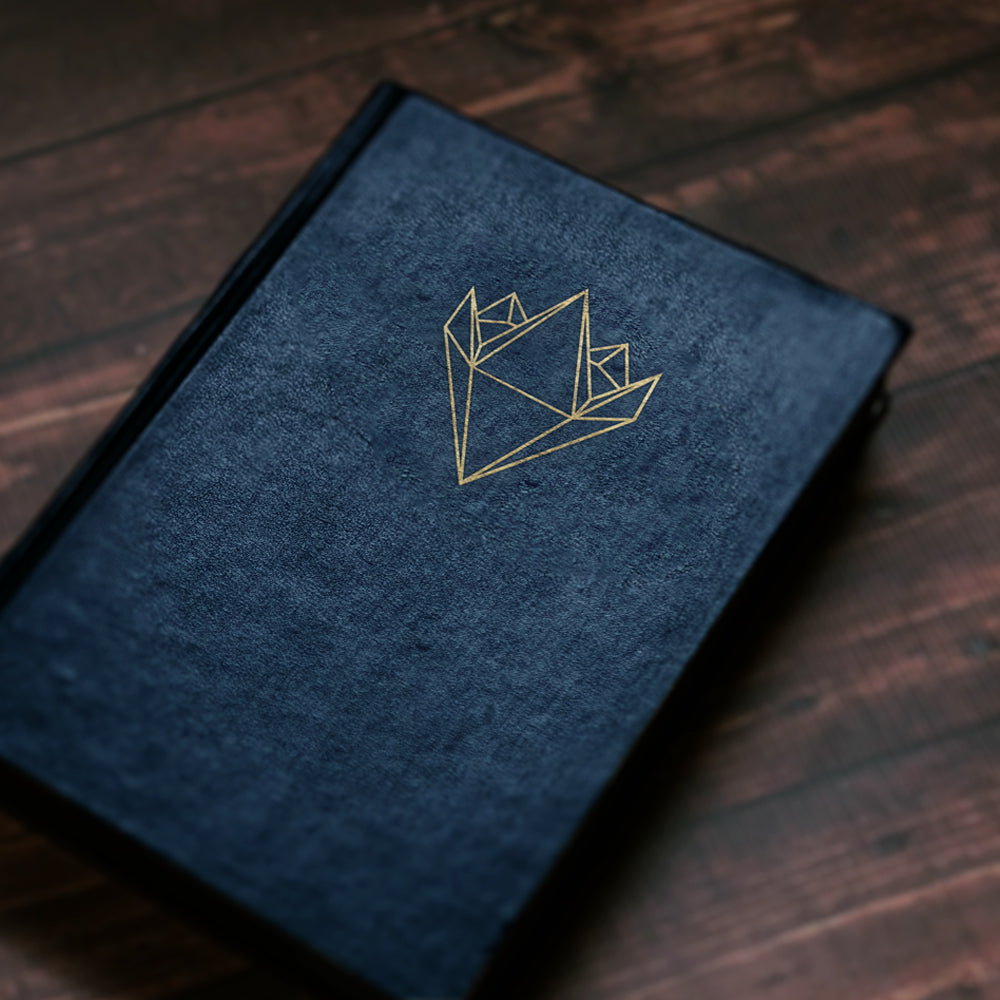
The Lewins Journal
Edited by our own in-house gemmologists and valuers, the Lewins Journal allows you to travel through history and explore different periods of jewellery. Inspired by our finely curated range of fine jewellery and vintage treasures.
Articles written about different types of jewellery and gemstones, are frequently published.
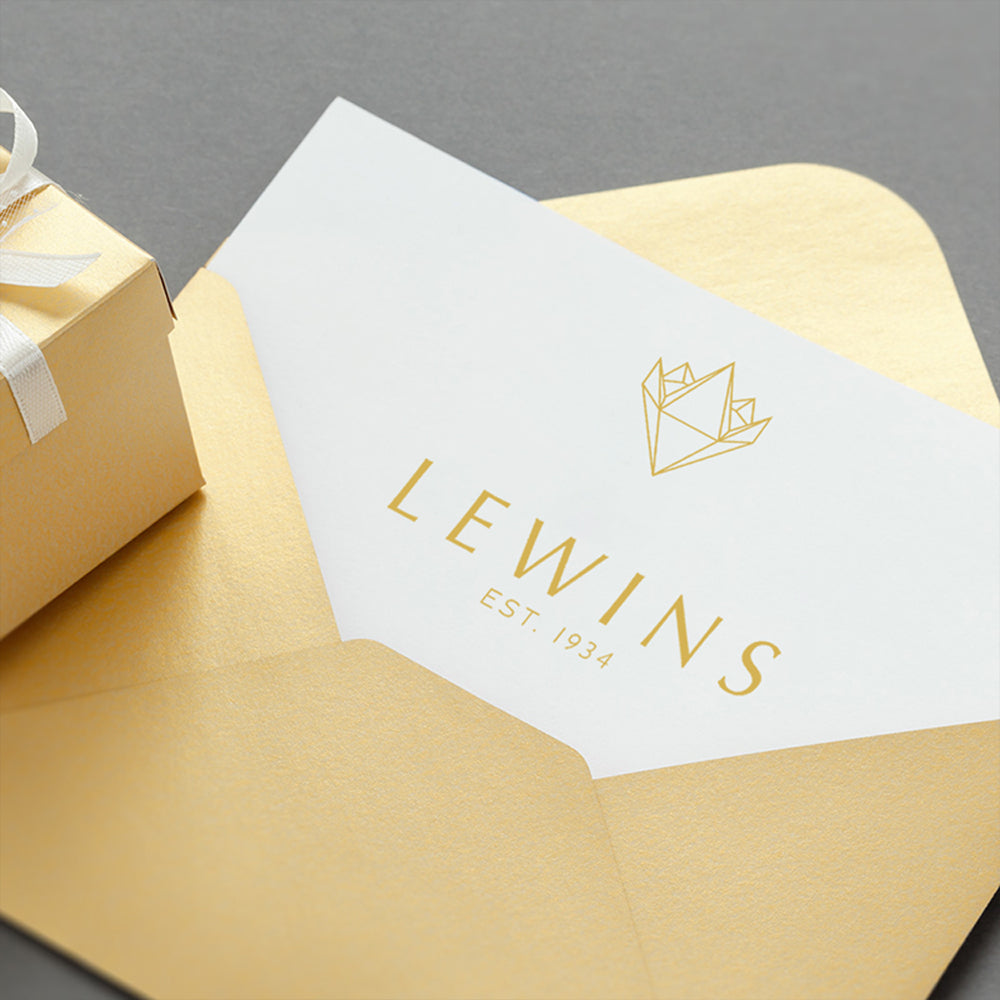
Behind The Scenes
Discover the journey your order takes: from preparations to final inspections. From packaging, to hand-written messages. We will capture and send you small behind the scenes trailer, as a personal preview, before you receive your order.
We hope you will enjoy your discovery.
Enquire About This Product
If you have any questions about this product, or about the bespoke services available, for this particular design. Or, if you would like to make an appointment, to view this design in-store. Please fill out the form below and we will get back to you, as soon as we can.
Lewins Instagram
FOLLOW US @LEWINSJEWELLERS
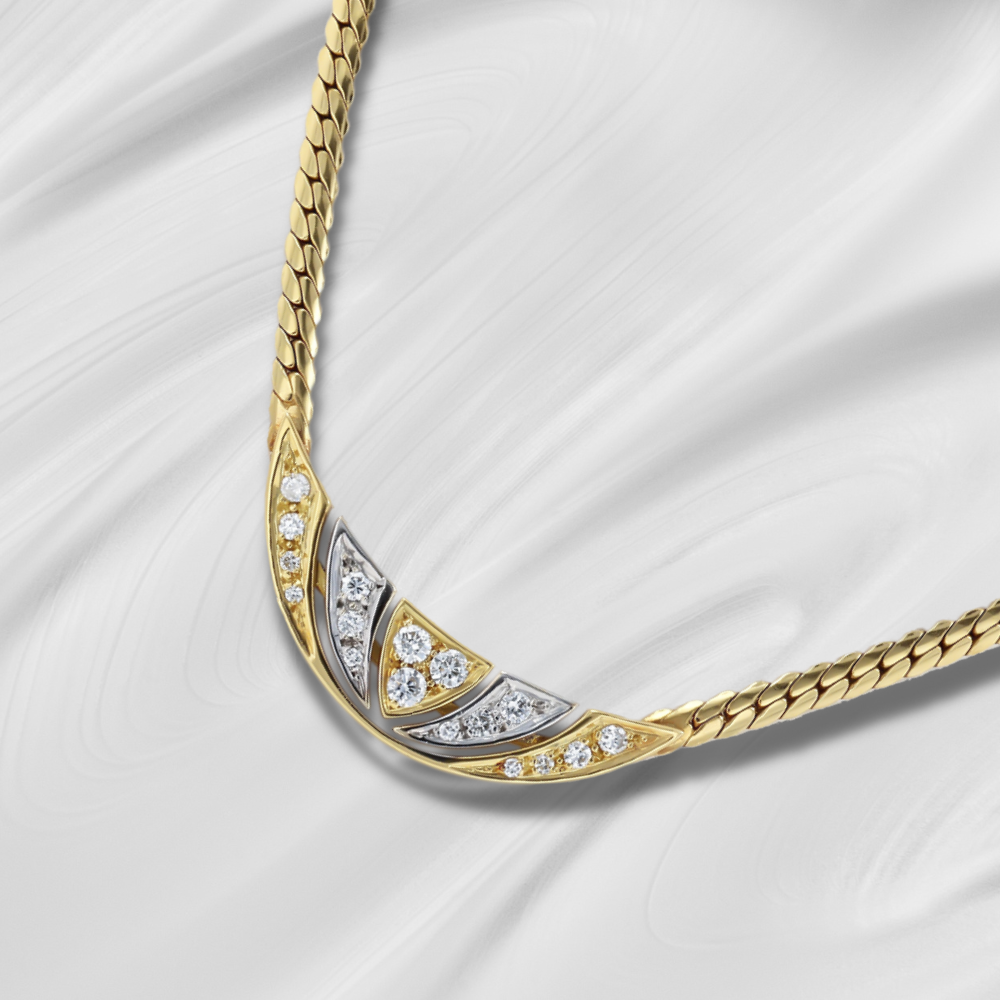

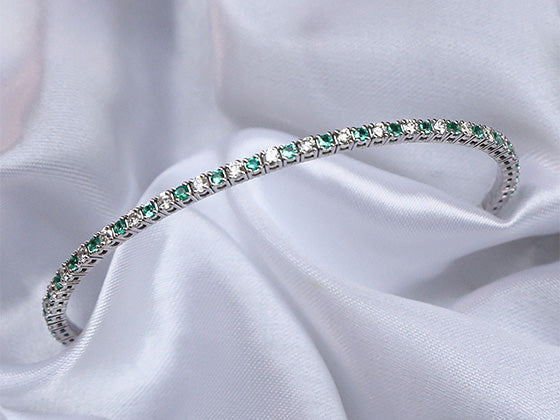

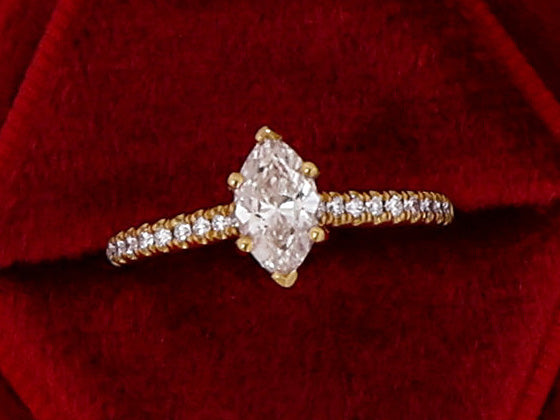
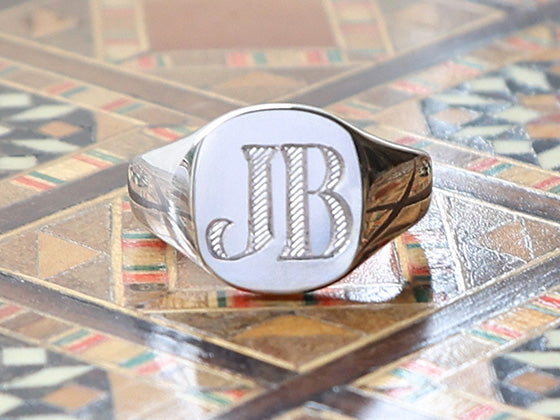
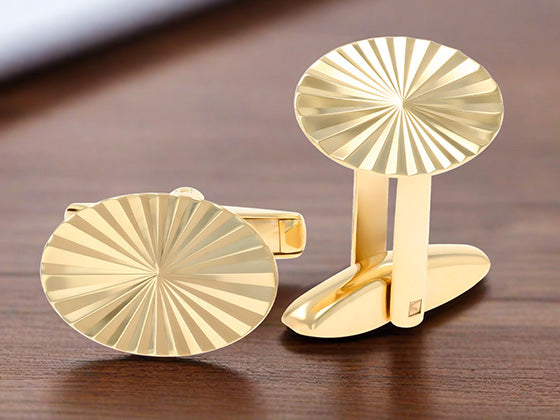
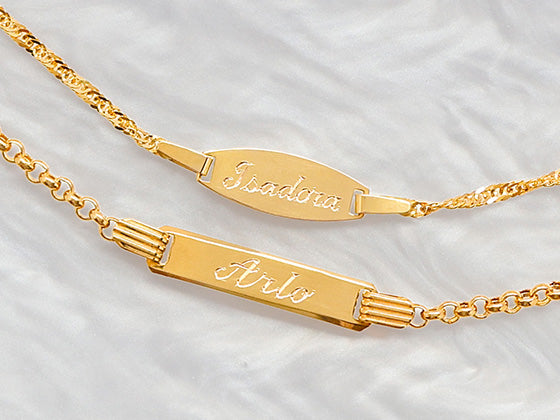
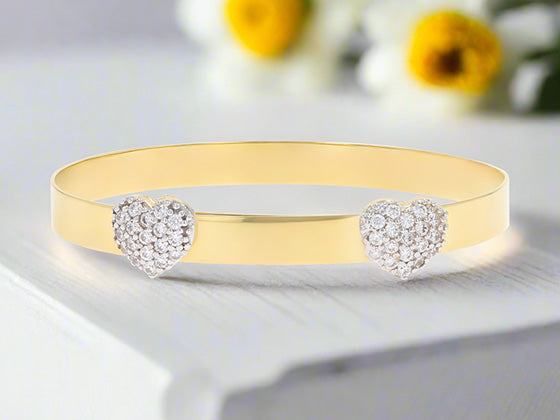
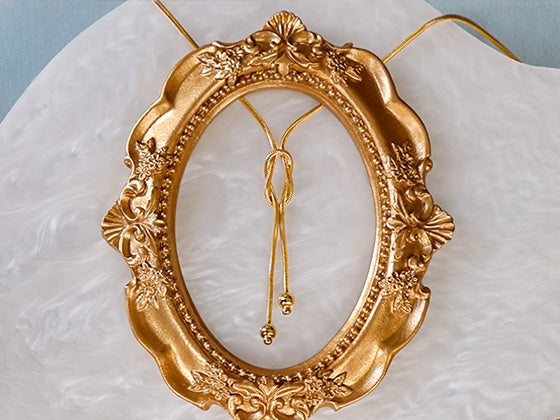
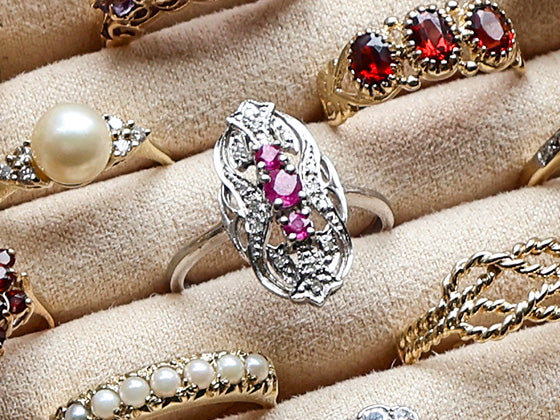
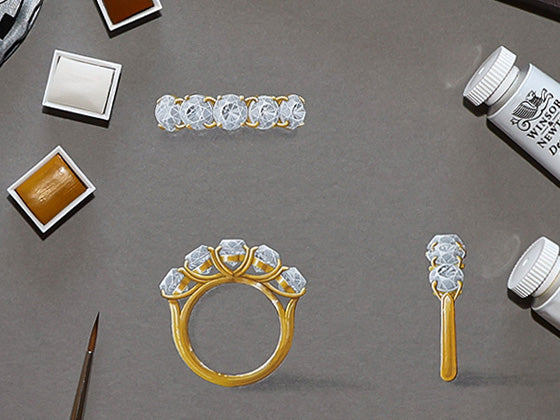
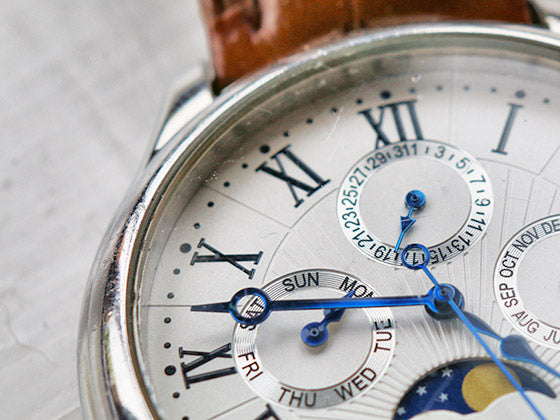
 Contact Us
Contact Us

